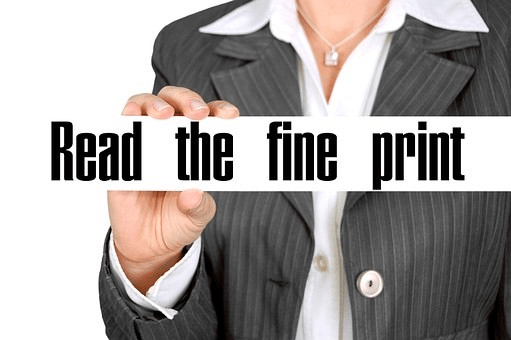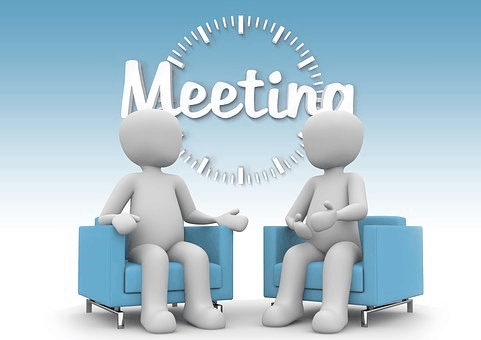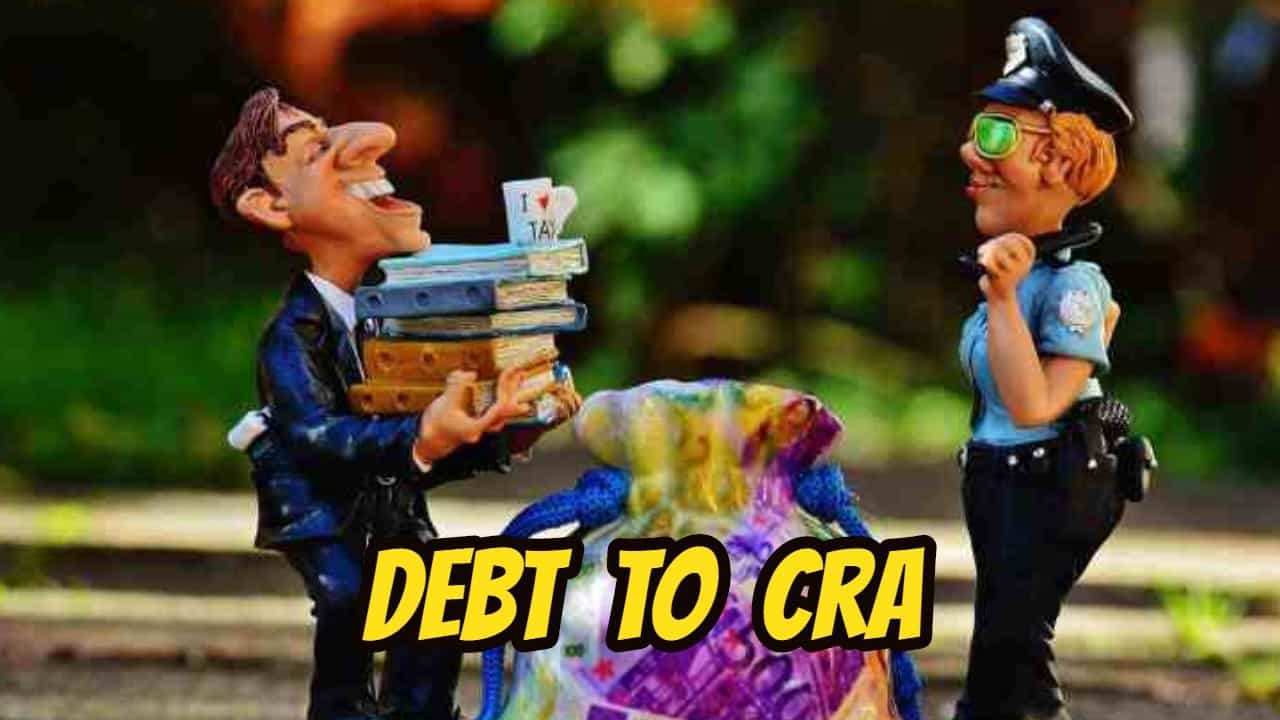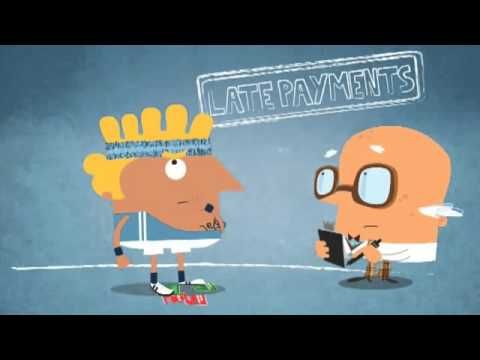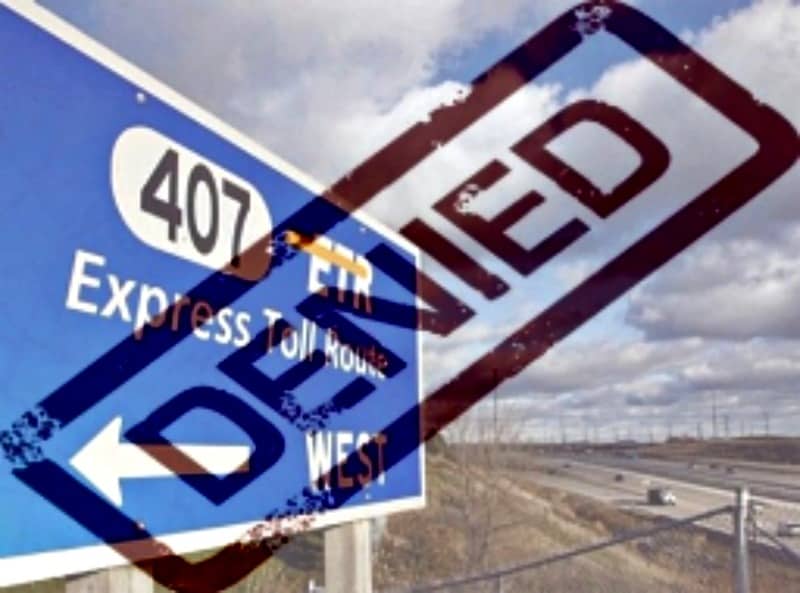Debt Reduction Program: Introduction
My top 10 debt reduction program steps is for anyone to start immediately to reduce or eliminate debt in order to regain control of your life. By following these steps, there is no need for you to seek out a debt settlement company. I am giving you a foolproof program for free. Debt settlement companies would charge you thousands of dollars for this information!
1. Debt Reduction Program: Say No To Debt
When you have determined, “I’ve had it”, take your charge cards out of your wallet. Then follow your budget (which means you have one) as well as swear NO MORE DEBT. No ifs or buts … no more debt, NO MATTER WHAT. Either lock the charge cards away, or even better, cut them in half and send them back to each issuer. Ask that they no longer send you any and that your account should be capped at its current balance.
2. Debt Reduction Program: Take Your Head Out of the Sand
Determine your revenue, your monthly costs, and your financial debt total amounts. Acknowledge your past errors with money and progress. Today is a brand-new day as well as you are no more living in denial about your financial resources.
Every financial choice from now on should be based upon a plan. A plan that is based upon realities. Facts from your budget as well as financial goals.
3. Debt Reduction Program: Develop a Monthly Budget (with your spouse or partner if you are not single)
If you are to do just one of these ten practices, please do this one. Living by a written budget is the ESSENTIAL trick to living a financially secure life. When you prepare a monthly budget plan, there was no other way in refuting that you were investing $400+ in totally optional spending on non-essential items; $20 there and $50 here that were amounting to $100’s every month … WASTED!
Your written spending plan provides you with a strategy to spending cash on what you “need” as well as “want” and NOT losing it away. Do you recognize the ordinary person making $50,000/ year will have over $2 MILLION go through their fingertips??? Don’t YOU want to have a plan for those $$$?
4. Debt Reduction Program: Cash not credit
Yes, using cash can be bothersome and a hassle but it is IMPOSSIBLE to spend greater than you have and go over budget. It also hurts a lot more to use cash money then simply swiping plastic.
Those adorable shoes do not look so cute when you think of handing over the last bill in your pocket. It would most likely be easier to live without the most up to date digital gadget when you think of taking all that cash out of your wallet. At that point, your current phone, while not the latest model, looks pretty useful all of a sudden!
Try it. After a few months you will see how your costs reduce. Your behaviour will transform so significantly that you will be shocked how much money you have used unnecessarily in the past.
5. Debt Reduction Program: Priorities
Your financial decisions mirror what you as well as your household regard as a top priority in your life. This will be noticeable in your month-to-month budget plan.
Establish your family’s top priorities. Make certain your regular monthly budget mirrors these top priorities. With a proper budget, you may begin to seem like “inadequate me, I don’t really go out to dinner.” Remember your family has various top priorities and you are compromising one meager dish at your favorite restaurant to have a lifetime of financial safety and security. This definitely puts things in perspective when you are in a moment of weakness.
6. Debt Reduction Program: Remove Temptation
Do not set foot in your preferred non-essential shop. If the lure is not there, you will not spend money on things you do not need. Attempt to restrict on your own to only food store. Shop with a checklist as well as stay with the checklist.
If you have difficulty with internet shopping, unsubscribe from store e-mails that promote sales and new products. You are as well concentrated and functioning also hard on your financial goaks to have a slip up on something that was not in the budget plan.
7. Debt Reduction Program: Free Entertainment
Sometimes this financial debt elimination phase is going to seem like it has drawn out all the “enjoyable” things in your life. Just because you are on a tight budget does not mean you shouldn’t enjoy your new life.
Choose cost-free or cheap entertainment. Activities such as walking, barbecue in the park, borrow publications & flicks from the library (yes, they still exist!), free concerts in the park, playing cards and other games, volunteering your time, digital photography, checking out a museum or historical site on a “cost-free entry day.” The possibilities are unlimited, be innovative!
8. Debt Reduction Program: Decrease Food Expenses
Food can be one of the highest costs in your budget plan (2nd to housing). Great news, there are MANY ways to lower the cost of food.
Grocery Store: Have a listing. Use “Budget Friendly Recipes” to make a dish strategy to stay clear of food waste. Do not acquire or dramatically decrease the buying of already prepared foods (anything pre-cut, pre-cooked, pre-prepared).
Dining establishments: Avoid them as long as possible. Cooking a meal in the house will certainly ALWAYS be less costly than eating at a restaurant (unless somebody else is picking up the tab). When you do eat at dining establishments use vouchers, Groupons, happy hour price cuts, as well as basically anything to lower the price.
9. Debt Reduction Program: Team Work
I could not stress enough how crucial it is, to collaborate with your spouse or partner with your financial resources. You are in this with each other. When one of you is having a harsh day, the other needs to urge and remind you why you are sacrificing, why you got on this trip.
One of you might take on the role as the captain, pushing your “team” to the absolute limitations to pay off financial obligations. It might be the spouse or partner who is the MVP, that continuously gets you through the battles and the “bad days”.
10. Debt Reduction Program: Develop Goals
When your financial priorities are established, it will be simple to jot down goals. I recommend composing one or two short-term financial objectives. Your financial goals may be something like:
- Having a debt free Christmas in 2017 and after
- Pay off credit card debt by July 2018
- Eliminating our home equity line of credit balance by February 2019
- Having a cash reserve of $2,500 in case of an emergency
- Reward ourselves by taking at least 2 vacations in 2020 because of what we have accomplished so far
Now that you have your objectives developed, this is where you need to circle back to make sure that it is accounted for in your written budget. Your objectives will certainly aid you to stay focused and also provide you inspiration to continue your financial trip.
Debt Reduction Program: What if you haven’t started to reduce debt early enough?
Are you too deep in debt? Is the monthly interest charge on your credit cards more than your monthly amount available to pay down the credit card debt? Being threatened with lawsuits or being sued?
Then you need to consult with a licensed insolvency trustee for some surgery. All of the 10 points listed above will be part of your financial rehabilitation. However, you need to have the time clock stopped now to give you breathing room.
A licensed insolvency trustee can develop such a plan for you and get you the relief you deserve and need. The Ira Smith Team has much experience in handling debt problems like yours. We have helped many people and companies return to financial health and live a stress-free life.
Contact the Ira Smith Team today for your free consultation. We will develop a practical plan for you to get out of debt and regain control over your life, Starting Over, Starting Now!

